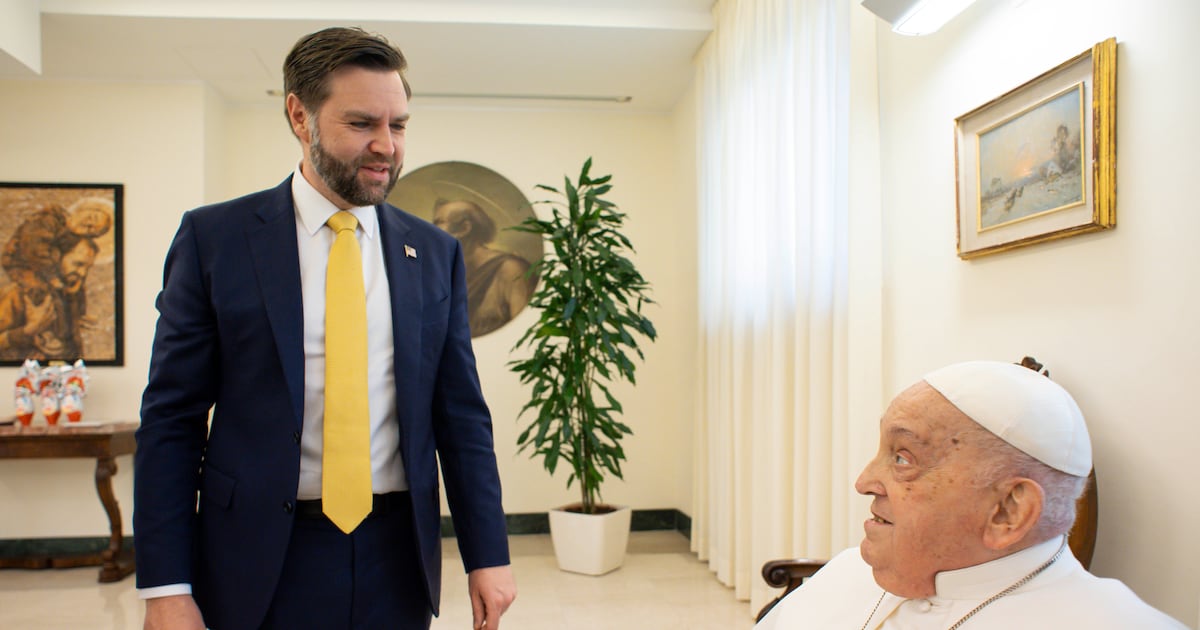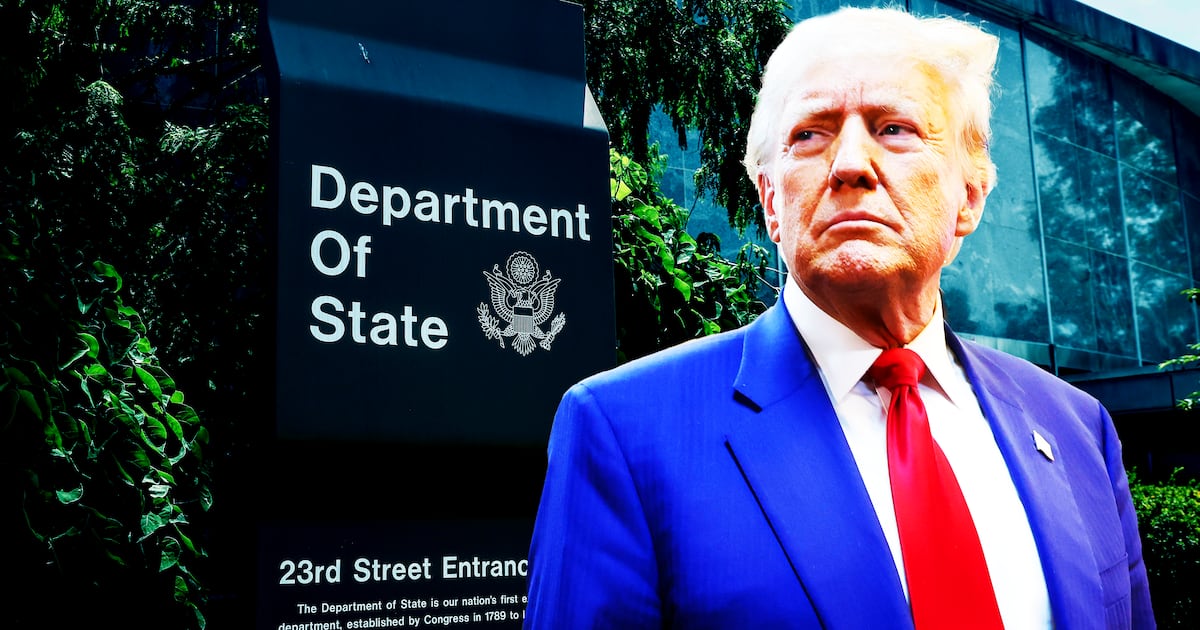The first season of Grace and Frankie chronicled two women in the throes of a nervous breakdown after their respective husbands left them for a gay relationship with each other, sending them on a foul-mouthed downward spiral of hallucinogenic teas, inappropriate funeral behavior, and grandmas gone wild.
Which makes it all the more remarkable that the second season of Grace and Frankie resembles such a, for lack of a better word, normal sitcom.
Much ado was rightfully made about the debut of Grace and Frankie.
Initially it was the elation over plum leading comedic roles for Jane Fonda and Lily Tomlin, two actresses at an age when Hollywood is not typically offering leading sitcom roles, but whose talents are sharper and more cuttingly funny than ever.
Then it was the progressive high-concept premise: men who, thanks to the changing attitudes of society, finally feel comfortable going public with their gay relationship. The seriocomic hijinx that follow are less to do with lack of acceptance, but instead the psychological and emotional toll on two women who realize their decades-long marriages have been a bit of a sham. It’s a complex issue, and with Fonda and Tomlin—two gay icons—playing it out, to boot.
And finally it was the very venue itself, Netflix, and its standards-free platform for foul language to fly out of these mouths of these exquisite cursers.
Created by two titans of the ’90s multicam sitcom era—Friends’ Marta Kaufman and Home Improvement’s Howard J. Morris—Grace and Frankie represented a new evolution in the comedy genre that keeps both expanding and specifying: the acute character studies and binge-ready serialization of the singlecam streaming service era, but with the broad, hectic comedic swings the two laugh-track mavens were experts at.
Season One made a solid first impression with excellent dialogue: “Were you ever really happy with me?” Robert (Martin Sheen) asks Fonda’s Grace. “I was happy enough. So we didn’t have the romance of the century, but I thought we were normal. I thought we were like everybody else. That this was life.”
There was a winking meta-ness to the characters Fonda and Tomlin were playing—Grace was a Type-A micromanager with a full wardrobe of creme-colored separates and a daily beauty regimen; Frankie was a longhaired, pot-smoking free spirit who solved problems through vision quests.
Their Lucy and Ethel meets The Odd Couple dynamic—two women who don’t particularly like each other thrust together by circumstances that required the other’s support—made for one of the most intriguing push-and-pull, tortured friendships on TV. The characters’ ages made it all the more fascinating, redefining what a friendship later in life actually means for a TV audience starved of such exploration.
And tempering all of this meaningfulness was the kind of big and utterly ridiculous comedy that you might expect from characters descending from the world of Tim “The Tool Man” Taylor and Rachel Green. As Grace and Frankie eventually found their voices as single women in their seventies unable to define themselves by their husbands, so too did Grace and Frankie find an utterly unique creative voice, making for one the most bingeable comedies of last year.
But somewhere on the way to Season Two, some of that voice has been lost.
The singular charms of the show are still there—Tomlin and Fonda together on screen are an incomparable pleasure—but so are its flaws, and this year those are louder than before.
Season Two picks exactly where the first season left off. Frankie and her ex-husband Sol (Sam Waterston, steam perennially coming from his ears), in the throes of emotional confusion after packing up the house they shared together for decades, had slept together, both giving Frankie closure and throwing her moral compass off course.
It’s a catalyst for showing how emotionally honest and rich the relationship between Grace and Frankie has become, with Grace pledging to be the one to take care of her unlikely friend and, it’s turning out, new life partner through this personal crisis.
“Remember when our lives were approaching normal?” Grace asks, assessing the situation. “We’re old. We have to pack a lot of shit into a day,” Frankie responds.
Falling prey to the retrograde sitcom insistence on over-plotting and outlandish situations, barely minutes go by before we discover that Robert has had a heart attack. Afraid of dying before marrying Sol, the men decide to have a wedding in the hospital before his bypass surgery. For some reason, it’s Grace and Frankie that are tasked with planning the wedding.
The whole thing is so sitcom-y: nonsensical, schticky, and high-concept. All the emotional angst that concluded Season One and launched Season Two evaporates into feel-good sitcom “let’s plan a wedding” chutzpah.
This isn’t to say that there aren’t big laughs that are had. When the hospital’s Catholic priest refuses to perform the gay marriage, Frankie goads, “There’s no leeway? Even with this new pope? I mean he really seems to be shaking shit up.”
These uber-situational setups even serve as fantastic catalysts for some of the striking emotional dialogue that highlighted Season One.
When Robert tries to have a conversation with Grace about settling his affairs before he goes into surgery, Grace gives a moving speech forbidding him from dying: “First I wasn’t allowed to get angry at you because you’re gay. Now I’m not allowed to because you’re sick. I have 40 years of anger built up, and it would be really shitty of you to die before I get to say the things I need to say to you.”
That balance of gimmicky and profound undulates throughout the season. An embarrassing email accidentally gets sent. A game of drag queen bingo becomes the stage for major emotional growth. Frankie begins building a business empire around her organic lube made of yams. A bout of lice forces Grace to reckon with her skills as a grandmother and Frankie begins painting portraits of her own vagina.
But the cuckoo is stitched together by the heft of Fonda and Tomlin’s performances and the intimacy of the writing when the show manages to take a step back and give the characters a beat for self-analysis.
It isn’t uncommon for a sitcom to strike a silly-serious yin-yang. In fact, that interplay is the very thing that defines the traditional sitcom.
More than it ever was in Season One, Grace and Frankie is simply a traditional sitcom with more explicit language, which isn’t a terrible iteration of the genre to explore during this comedy renaissance. Perhaps any dissatisfaction with this conventionality is our own fault: a desire to search for something more—a more daring there there—because this is a show on Netflix, which typically defines its programming by a lack of convention.
Grace and Frankie remains effortlessly watchable, if not as strong as its first season. Maybe the novelty has worn off. Maybe by making the love story between Grace and Frankie so amiable too quickly, a little bit of the tension has deflated.
And while the pleasure of most second (and third and fourth…) seasons of most sitcoms and TV shows is the opportunity to explore supporting characters with more depth, the opposite is true here. Any business focusing on Sol, Robert, or the kids is a distraction from the main event: The Lily and Jane Show.
And that’s a show worth watching.






